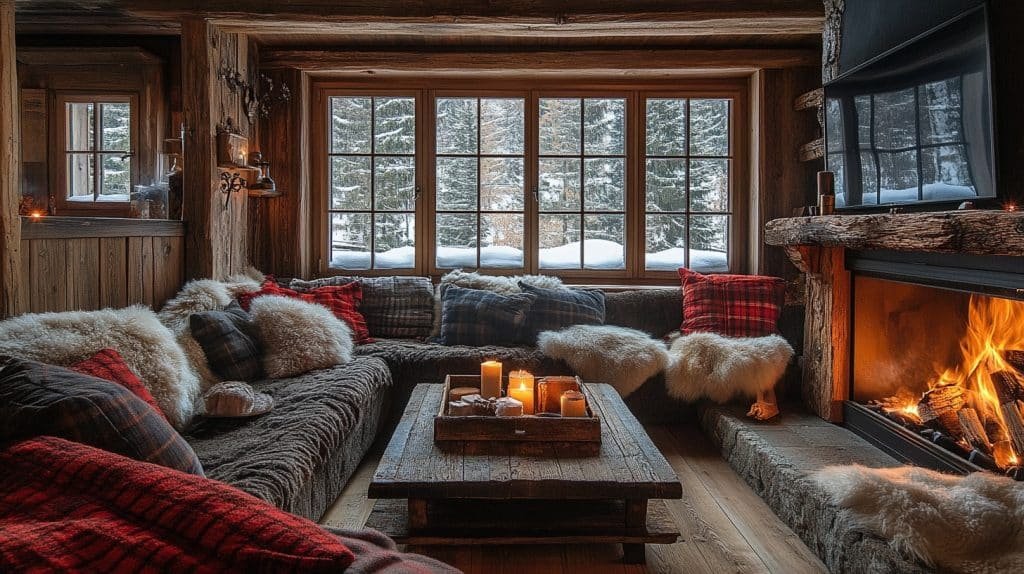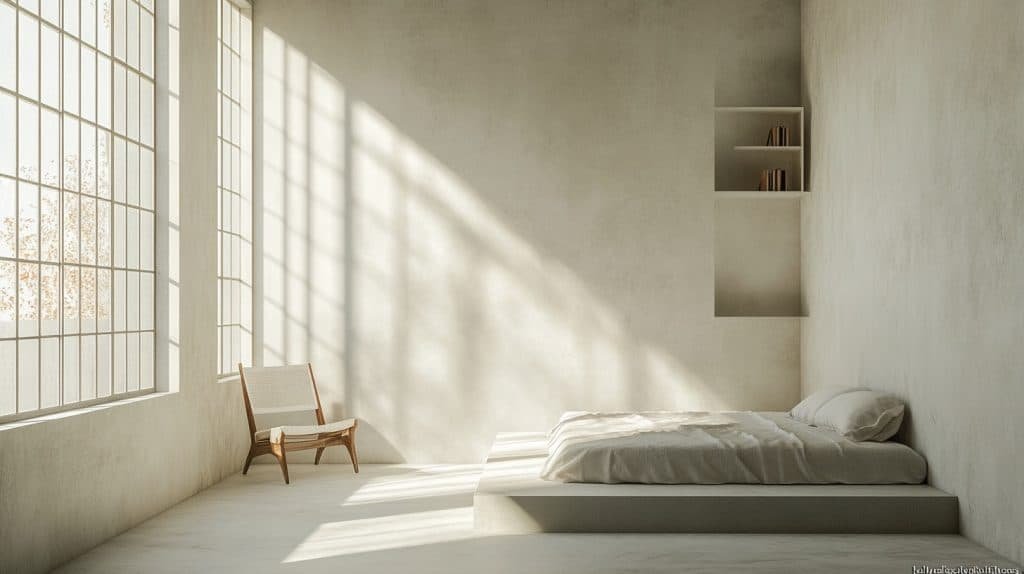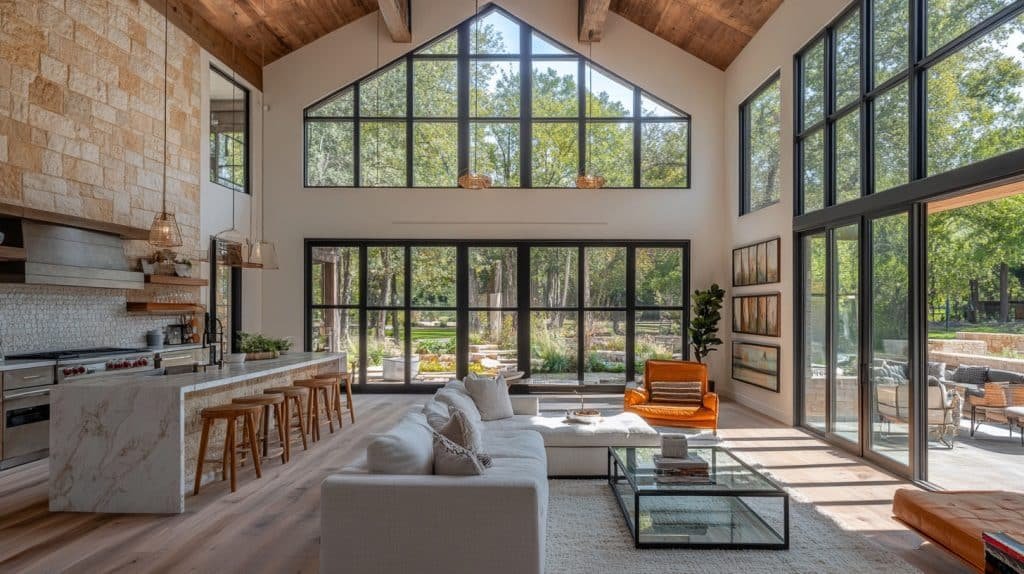Wabi Sabi Garden: Embracing Nature’s Raw, Imperfect Beauty
Creating a wabi sabi garden isn’t just about landscaping—it’s a meditation on imperfection, time, and the quiet beauty that emerges when we stop trying to control everything.

What Exactly is a Wabi Sabi Garden?
Imagine a garden that whispers instead of shouts. A space where:
- Moss-covered stones tell stories
- Weathered wood speaks of resilience
- Imperfections are celebrated, not hidden
- Nature’s rhythm takes center stage
Why Create a Wabi Sabi Garden?
This isn’t your typical manicured landscape. It’s for people who:
- Crave tranquility
- Appreciate subtle beauty
- Want a low-maintenance outdoor space
- Seek connection with natural cycles
Essential Elements of Your Wabi Sabi Garden
Key Materials:
- Weathered wood
- Moss-covered stones
- Rusted metal accents
- Native plants with interesting textures
- Simple ceramic pieces
Design Philosophy: Less is Absolutely More
The magic of wabi sabi lies in:
- Asymmetrical arrangements
- Muted, earthy color palettes
- Embracing natural aging processes
- Minimal intervention
Step-by-Step Garden Creation
1. Ground Preparation
- Clear the space
- Remove modern, sharp-edged elements
- Leave natural debris (fallen leaves, branches)
2. Foundational Placement
- Position large stones first
- Create informal pathways
- Use gravel or natural stepping stones
3. Plant Selection
Choose plants that:
- Change dramatically with seasons
- Have interesting textures
- Grow somewhat wildly
Recommended:
- Japanese maple
- Moss
- Ferns
- Ornamental grasses
- Native groundcovers
Styling Pro Tips
- Texture is King: Layer different materials
- Embrace Asymmetry: Avoid perfect lines
- Allow Natural Aging: Let elements weather naturally
- Minimal Accessories: Each piece must earn its place
Budget-Friendly Approaches
- Forage local materials
- Use existing garden elements
- Repurpose old ceramics
- Collect interesting stones during walks
- Propagate plants from existing gardens
Seasonal Adaptations
Spring:
- Soft new growth
- Emerging moss
- Delicate blossoms
Summer:
- Lush green textures
- Subtle herb plantings
- Natural shade zones
Autumn:
- Fallen leaves as decor
- Changing leaf colors
- Dried seed heads
Winter:
- Bare branches
- Stone and moss prominence
- Subtle structural elements
Maintenance: Minimal Effort, Maximum Beauty
- Occasional gentle pruning
- Let plants grow naturally
- Remove only aggressive weeds
- Appreciate natural decay
Common Mistakes to Avoid
- Over-designing
- Using bright, artificial colors
- Keeping everything too neat
- Forcing symmetry
- Removing natural debris
Final Wisdom
A wabi sabi garden isn’t created—it’s discovered. It’s about seeing beauty in impermanence, finding peace in natural rhythms, and understanding that perfection is overrated.
Your garden will be a living artwork, changing constantly, telling its own unique story.
Pro Tip: Take photos throughout seasons. Watch how your garden transforms, becomes its own narrative of time and nature.












